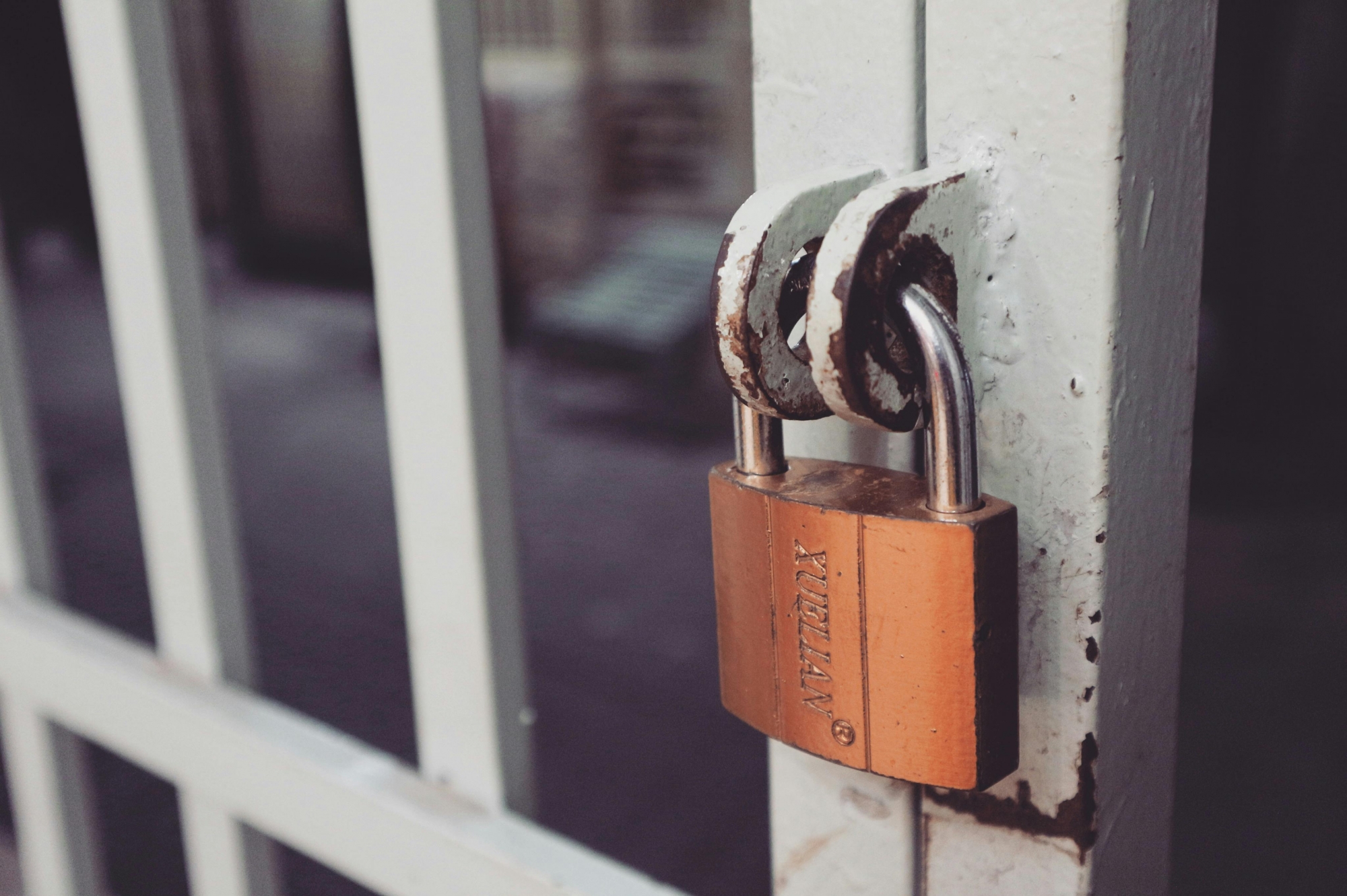
Staying Safe Online
As we navigate the digital world, it’s essential to be aware that cyber threats are on the rise. Hackers and scammers are always looking for ways to steal our personal and financial information. Here are some practical steps you can take to safeguard yourself while using email:

Beware of Phishing Emails:
- What’s Phishing? It’s when scammers send fake emails pretending to be from trusted sources (like banks, government agencies, employees, family, friends, etc.). They want to trick you into revealing sensitive information.
- How to Stay Safe? Be cautious. If an email asks for your passwords, credit card details, or other personal info, pause and verify its legitimacy. Don’t click on suspicious links.
Watch Out for Fraudulent Text Messages and Phone Calls:
- Scammers don’t stop at emails. They also send deceptive text messages (SMS) and make phone calls.
- Red Flags: If someone claims you’ve won a prize or urgently need to provide personal details, be skeptical. Legitimate organizations won’t ask for sensitive info via text or call.
Keep Your Software Updated:
- Regularly update your email app and computer software. These updates often include security fixes that protect against vulnerabilities.
- Think of it like maintaining your car—regular check-ups keep it running smoothly!
Strong Passwords Matter:
- Set strong, unique passwords for your email accounts. Use a mix of uppercase letters, lowercase letters, numbers, and symbols.
- Avoid using obvious choices like “password123.” Be creative!
Enable Two-Factor Authentication (2FA):
- 2FA adds an extra layer of security. When you log in, it requires a second verification step (like a text message code).
- It’s like having a backup lock on your digital door.
Tips for Staying Safe:
 Don’t Click Everything: If an email looks fishy (like asking for your bank details), don’t click any links or download attachments.
Don’t Click Everything: If an email looks fishy (like asking for your bank details), don’t click any links or download attachments.
Be Wary of Unexpected Attachments: If you receive an email with an attachment from an unknown sender, think twice before opening it. Malicious attachments can contain viruses or malware. Only open attachments from trusted sources.
Hover Before You Click: Hover your mouse pointer over any links in an email without actually clicking on them. This reveals the actual web address. If it looks suspicious or doesn’t match what you expect, don’t click it.
Watch for Phishing Emails: Phishing emails pretend to be from legitimate organizations (like banks, government agencies, family, friends, etc.) and try to trick you into revealing personal information. Be cautious if an email asks for sensitive data like passwords or credit card numbers.
Check the Email Address: Scammers often create fake email addresses that look similar to real ones. Verify the sender’s email address carefully. If it seems odd or misspelled, be skeptical. If you feel like it could be legitimate, contact the person you received the email from directly. It is always best to do it face-to-face, or a phone call. Never respond directly via the email you are checking on.
Enable Two-Factor Authentication (2FA): Whenever possible, enable 2FA for your email account. It adds an extra layer of security by requiring a second verification step (like a text message or app notification) when you log in.
Avoid Public Wi-Fi for Sensitive Emails: Public Wi-Fi networks can be risky. Avoid sending sensitive emails (like financial transactions) while connected to public Wi-Fi. Wait until you’re on a secure network.
Keep Software Updated: Just like you update your phone, keep your email app updated. Updates often fix security holes.
Be Skeptical: If an email promises you millions of dollars or says you’ve won a prize, be cautious. It’s probably a trick!
Regularly Update Your Password: Change your email password periodically. Use a strong, unique password that combines uppercase letters, lowercase letters, numbers, and symbols.
Remember, staying safe online is like locking your digital doors and windows. Keep these tips in mind, and your email experience will be more secure!
